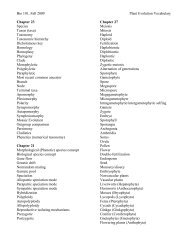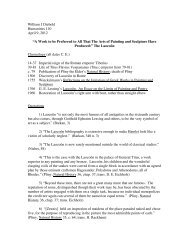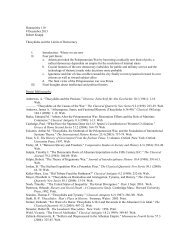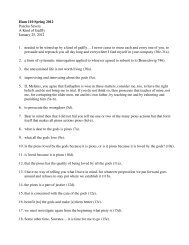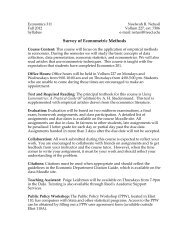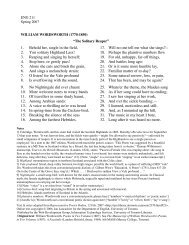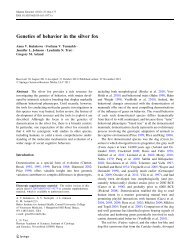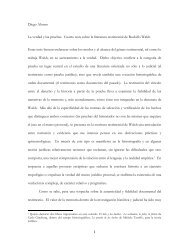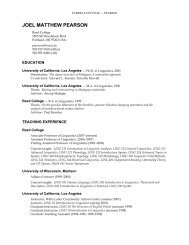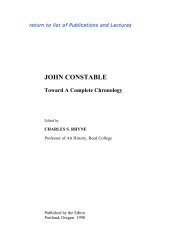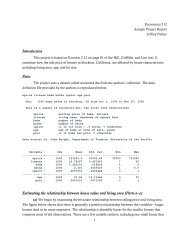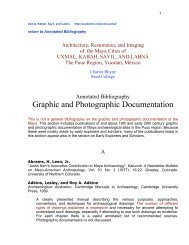REED COLLEGE SCIENCE OUTREACH PROPERTIES OF MATTER
REED COLLEGE SCIENCE OUTREACH PROPERTIES OF MATTER
REED COLLEGE SCIENCE OUTREACH PROPERTIES OF MATTER
Create successful ePaper yourself
Turn your PDF publications into a flip-book with our unique Google optimized e-Paper software.
32<br />
Lesson Eight- Mystery Powders 3<br />
Objectives<br />
o Students will use their knowledge of physical and chemical properties to identify<br />
mystery powders.<br />
Lesson Background- Properties of Matter Review<br />
Today the students will use all the information they have learned about the physical and<br />
chemical properties of matter to identify mystery powders. Students should already<br />
know the following:<br />
• Physical properties include characteristics that are easily seen (or felt) such as<br />
color, size, shape, magnetism, physical state, etc.<br />
• Chemical properties describe how atoms and molecules react with each other.<br />
For this activity students will need to remember the signs of a chemical reaction<br />
(color change, formation of a new gas, liquid, or solid, temperature change, etc.).<br />
Activity overview<br />
Students will make observations to determine the unidentified powders’ physical<br />
properties and then conduct a few simple tests to determine some of the powders’<br />
chemical properties.<br />
Physical properties: All the powders are similar in color and composition (white<br />
powders), but students will be able to notice slight differences. For example, milk<br />
powder has a slight cream tinge, salt is actually made up of tiny square crystals, and<br />
detergent is made up of differently sized particles.<br />
Vinegar Test: This test will be able to identify substances that contain carbonate,<br />
which will react with the vinegar to create carbon dioxide gas bubbles. These<br />
substances will include baking soda, baking powder, Alka-Seltzer, & detergent.<br />
Iodine Test: Iodine reacts with starch to form a blue/black compound. Detergent and<br />
milk powder will also react and eventually cause the color of the iodine to fade.<br />
Cabbage Juice Test: Finally, students will test the pH of the powders with cabbage<br />
juice.<br />
After the students have collected data on all of their powders, they should be able to use<br />
these clues to identify each mystery powder.<br />
3 Adapted from: “Lost Labels,” Chemistry in the K-8 classroom, OMSI, 2007.



